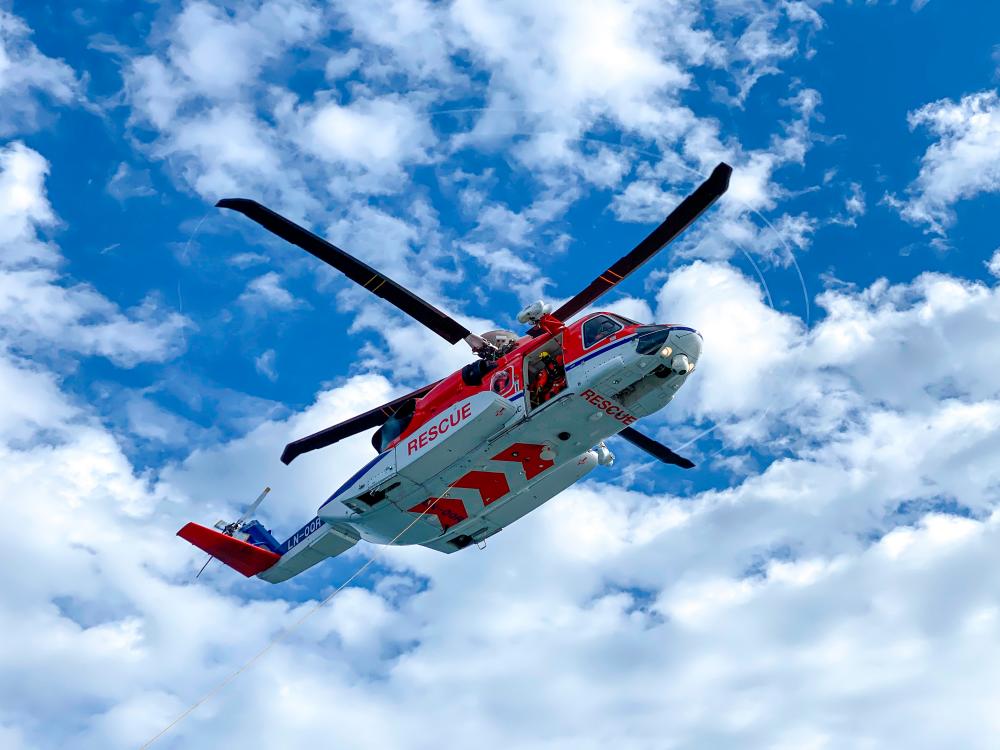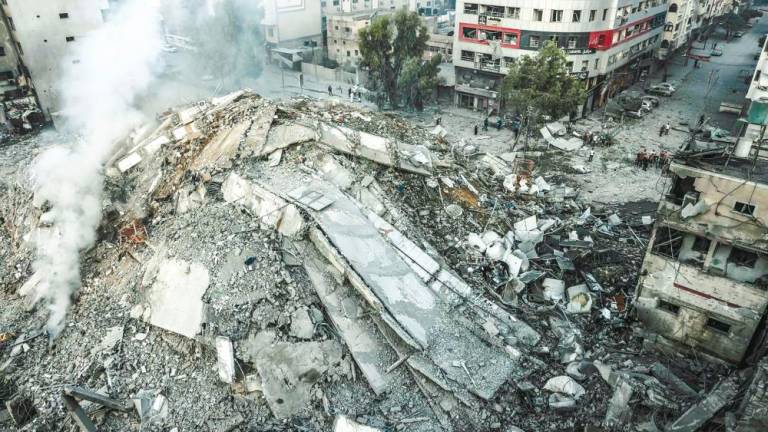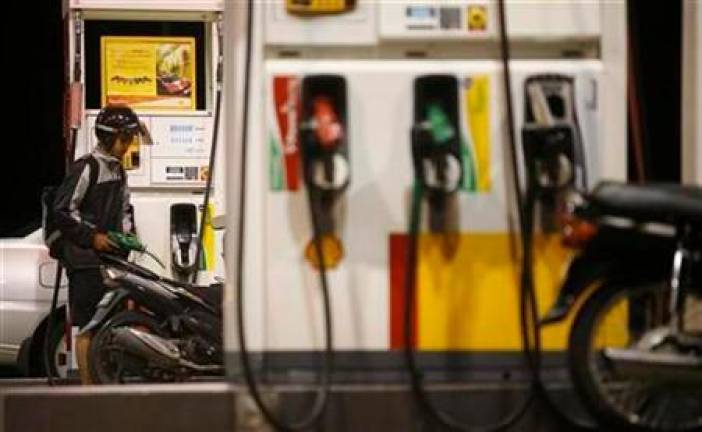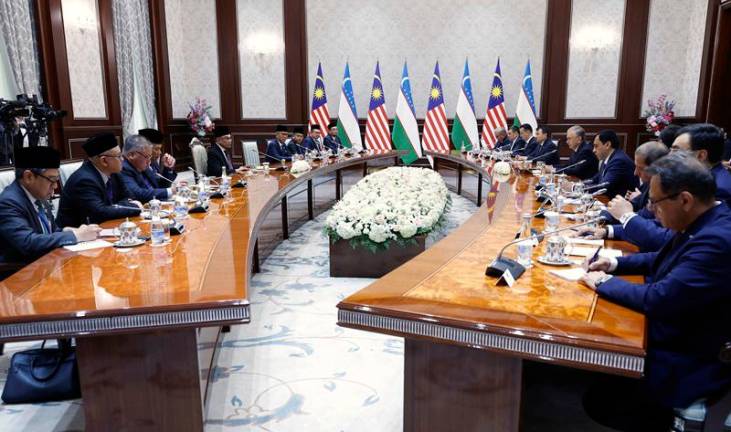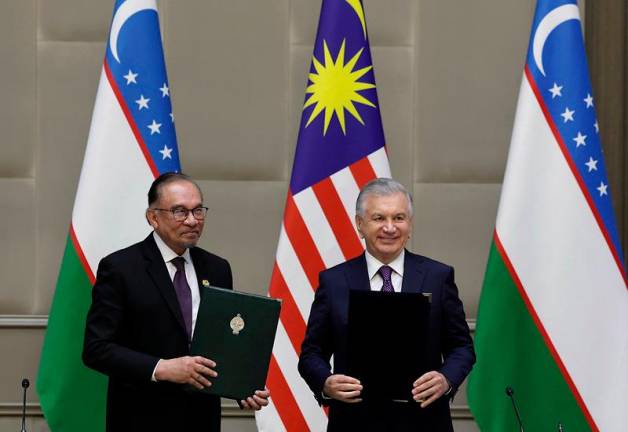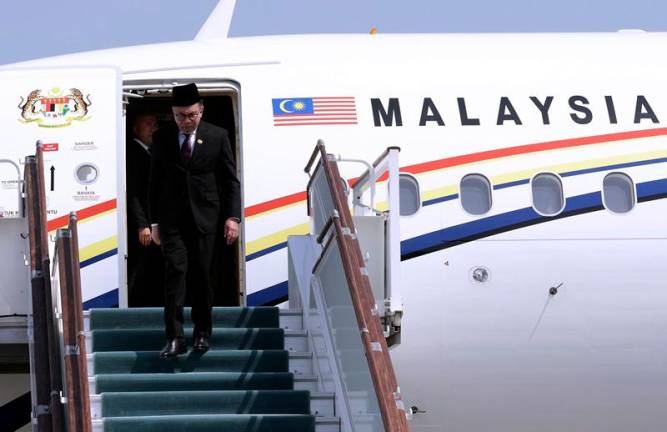MALAYSIA’S capacity to be adequately prepared for potential demand in aviation and maritime search and rescue (SAR) services is important as Southeast Asia’s air and maritime traffic grows.
Our country’s geographical location, which borders the ocean, with 2,068km for Peninsular Malaysia and 2,607km for East Malaysia, calls for efficient and effective SAR services.
The aviation and maritime related sectors will benefit from a safer and more secure environment. Increased safety will encourage people to utilise the sountry’s aviation and maritime landscapes, as well as boost economic growth.
SAR agencies respond to distress signals in a hazard to aid individuals at sea. Besides providing SAR services, Malaysia also cooperates, collaborates, and in certain circumstances, provides resources to neighbouring countries and other regions.
The Rescue Coordination Centre is designated as a national search and rescue centre in the region, and is also the international point of contact for SAR services. It also handles the establishment and maintenance of SAR centres.
SAR operations entail a diverse array of personnel performing specific duties. The International Maritime Organisation and the International Civil Aviation Organisation (ICAO) are international SAR entities.
It is important to note that Malaysia’s legal provisions for search and rescue services complies with the country’s obligations under the United Nation Convention on Law of the Sea 1982, Convention on International Civil Aviation 1944 and the International Convention for the Safety of Life at Sea 1974. However, Malaysia has yet to sign and ratify the 1979 SAR Convention.
The Malaysian Maritime Enforcement Agency (MMEA), also known as the Malaysia Coast Guard, is an agency under the Home Affairs Ministry, and it is assigned to perform and coordinate maritime SAR operations in the region.
The Civil Aviation Authority of Malaysia (CAAM) is a government body established under the Transport Ministry. CAAM’s establishment complies with ICAO requirement, that contracting governments to the Chicago Convention create an independent civil aviation authority to guarantee efficient administration of civil aviation safety and security.
CAAM is responsible for the regulation and oversight of the civil aviation’s technical matters, with its primary mission being to contribute towards aviation growth. It is obligated to adhere to ICAO standards in order to ensure the safety, security and efficiency of aviation. Therefore, effective coordination among participating emergency response units is crucial, since the major concerns are saving lives, protecting the environment and salvaging property.
According to the International Aeronautical and Maritime Search and Rescue Manual (IAMSAR), a country that fails to respond adequately to a distressed aircraft or vessel has violated international obligations and procedures to provide all assistance required by international standards. However, the different positions of MMEA and CAAM can affect coordination during joint response activities, especially in a complicated rescue effort.
The prompt exchange of information among the agencies, as well as the establishment of a suitable information infrastructure are critical for SAR efficiency during critical situations.
Divergent information transmitted, communication capacity issues and a general lack of knowledge to develop a collaborative operational capability can impede information sharing between these two agencies.
Ineffective SAR response will result in damage to a country’s international reputation and potential economic loss to susceptible sectors such as tourism and transportation.
As a result, CAAM and MMEA should collaborate to create a single aviation and maritime structure for coordinating and providing SAR services. To meet the commitments, a Joint Rescue Coordination Centre (JRCC) should be formed to coordinate search and rescue operations for aircraft and ocean-going catastrophes.
JRCC will be in charge of organising, managing and directing the SAR response to aviation and maritime disasters in the region. It should be based under the purview of the Transport Ministry, and would oversee the coordination of search and rescue efforts by a wide range of federal, state and territorial authorities such as the Defence Ministry, Navy, Meteorological Department, Health Ministry and police.
JRCC will be in charge of overall operations, based on strong collaborative ties and necessary international agreements. This structure will enable us to provide effective SAR service to people in distress, regardless of where they are in Malaysia, in order to avoid overlapping responsibilities, administrative burdens and unnecessary costs.
With the establishment of JRCC, information between CAAM, MMEA and related agencies in the event of an emergency in the country can be shared so overlapping searches can be avoided. This will make it easier for the rescue team to carry out operations more effectively, in the least amount of time. The guidelines from IAMSAR should be tailored to meet Malaysia’s best SAR practices.
Efficient response and execution of SAR activities in providing immediate services and assistance to victims of emergencies and calamities will alleviate the suffering of casualties, and prevent loss of life and property.
This will benefit Malaysia in promoting a safe aviation and maritime landscape, hence will encourage growth in the agriculture and tourism sectors, trade, recreation, maritime and aviation, which will have a positive impact on the economy, especially in empowering Malaysia as a maritime nation.
Dr Izyan Munirah Mohd Zaideen is a senior lecturer at the Faculty of Maritime Studies, Universiti Malaysia Terengganu and Capt Mohd Faizal Ramli is an EHS Marine Specialist in Oil and Gas sector.
Comments: letters@thesundaily.com



